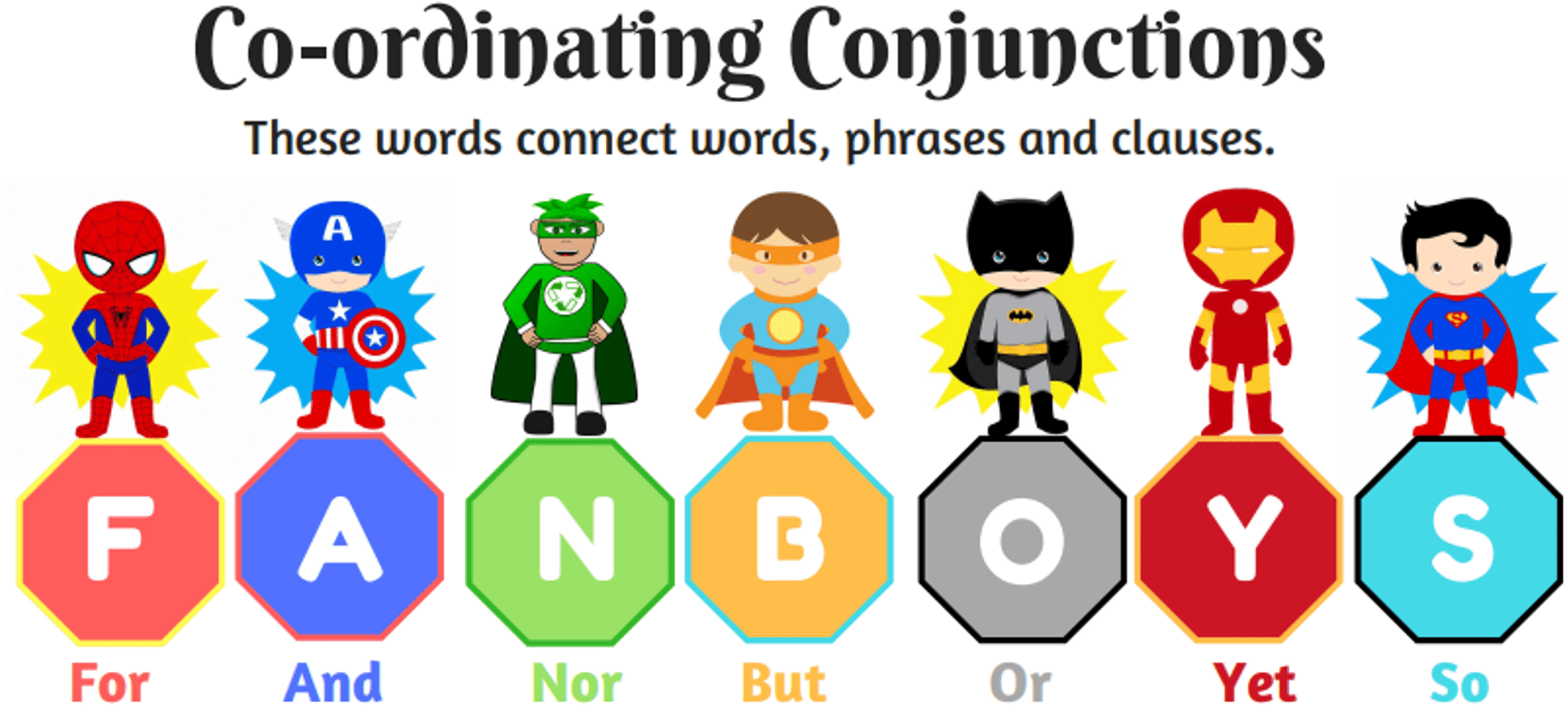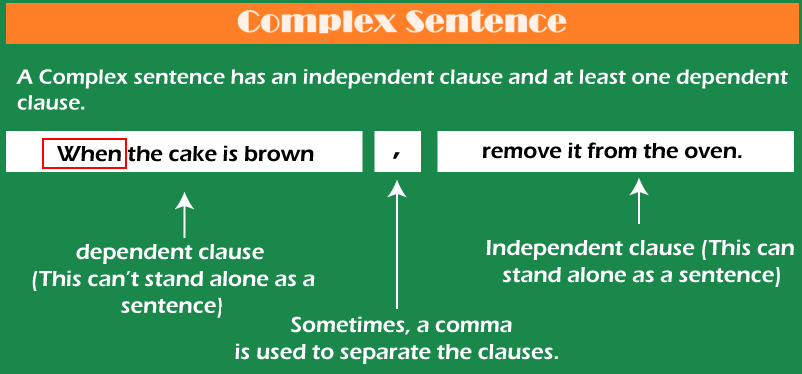Sentence Structure
On this page, we will learn about sentence structures: What are the types of sentences? simple sentences, compound sentences, complex sentences, and compound-complex sentences.
The distinctions between simple, compound, complex, and compound-complex sentences will be the main subject of this sentence structure page.
You must understand how to write these sentence types correctly for IELTS because the examiner will look for them when grading your 'grammatical range'.
Clauses are the buliding blocks of sentences.
Therefore, before continuing, make sure you comprehend by what clauses are reviewing the lesson from earlier.
What are the types of sentense?
There are four types of sentence:
- Simple.
- Compound.
- Complex.
- Compound-Complex.
1. Simple Sentences:
Simple sentences, also known as independent clauses, are basic grammatical structures consisting of a subject and a predicate that express a complete thought. They are characterized by their simplicity and typically include a single subject and a single verb. Simple sentences can stand alone as complete statements and do not contain dependent clauses or subordinating conjunctions.
**A simple sentence consists of a single clause with a subject, a verb, and a modifier.

Example: Jack ate the avocado very fast.
Formula: Subject + Verb + Modifier
There may be multiple subjects and verbs, though:
-
Two Subjects:
Example: Internet and other communication devices are important in the modern world.
Formula: Subject + Subject + Verb. -
Two Verbs:
Example: I searched for a design tutorial and now try to make that.
Formula: Formula: Subject + Verb + Verb. -
Two subject and two verbs:
Example: My friend and I searched for a design tutorial and now try to make that.
Formula: Subject + Subject + Verb + Verb.
2. Compound Sentences:
A compound sentence combines multiple independent clauses, using coordinating conjunctions or semicolons. This structure enhances content complexity and readability, making it an effective method for conveying interconnected ideas in a single sentence.
The coordinating conjunctions listed below are used to join the clauses in this sentence structure:

To remember the various conjunctures that make up compound phrases, just think of the word "fanboys." Of course, "and," "but," "or," and "so" are the most frequently used.
Here are some illustrations of compound sentences:
-
Internet is important, but it can be dangerous too.
Formula: (Subject + Verb)+but +(Subject + Verb) -
Internet is important, but it can be dangerous too, so we must be careful.
Formula: (Subject + Verb) but (Subject + Verb) so (Subject + Verb) - The sentence may become difficult to understand if there are too many clauses, and you cannot use each one to combine clauses more than once in a sentence.
This is wrong:
Internet is used widely in most countries now, and it is a sign of progress, and we must ensure everyone has access to them.
Formula: (Subject + Verb) but (Subject + Verb) and (Subject + Verb). Incorrect
Two possible corrected versions are:
-
Internet is used widely in most countries now, and it is a sign of progress.We must ensure everyone has access to them.
Formula: (Subject + Verb) but (Subject + Verb) . (Subject + Verb). -
Internet is used widely in most countries now, and it is a sign of progress, so we must ensure everyone has access to them.
Formula: (Subject + Verb) but (Subject + Verb) so (Subject + Verb).
Using semicolons:
When you use a semicolon to connect two clauses, you can have a compound sentence structure without using a coordinating conjunction. When two concepts are connected, it is employed.
For example:
Internet is used widely in most countries; it is a sign of progress.
3. Complex Sentences:
A complex sentence consists of an independent clause that can stand alone as a sentence and one or more dependent clauses that rely on the independent clause. These clauses are connected by subordinating conjunctions such as "because," "although," or "after," which indicate the relationship between the clauses. Complex sentences allow for the expression of more intricate ideas and relationships within a single sentence. Proper punctuation is essential to clarify the structure and meaning of complex sentences.
[N:B:This kind of sentence construction is crucial for the IELTS exam since you must show that you can utilize it in order to receive a band 6 or above for your "grammatical range and accuracy".
The higher the band score for this is, the more correct and varied your complicated sentences are.
You will learn more about the many forms of complex phrases later; for now, you are only given the fundamentals.
Two (or more) clauses put together to form a complex sentence, but not by "fanboys" (coordinating conjunction's). Subordinating conjunctures connect them.

| Conjunction | Conjunction | Conjunction |
|---|---|---|
| after | even if | unless |
| although | even though | until |
| as | if | when |
| as if | in order to | whenever |
| after | even if | unless |
| as long as | in case | whereas |
| as much as | once | where |
| as soon as | since | wherever |
| as though | so that | while |
| because | that | |
| before | though |
For example:
Even though they may not have been tested, people take natural health supplements.
If we don't increase our school spending, our kids might not receive a proper education.
I was so exhausted when he departed that I immediately went to bed.
All of these clauses are adverbial. The second clause may be used to begin these kinds of complex sentences. A comma is required in the middle of this sentence.
For example:
People take natural health supplements, even if they may not have been studied.
Our kids might not receive a proper education if we don't increase our school budget.
Complex sentence structures also include noun clauses and relative clauses, but we'll discuss those in a little.
4. Compound-Complex Sentences:
Compound-complex sentences are similar to complex sentences in that they include a simple (or compound) sentence before or after the 'complex' part.

For example:
- When I arrived home, I ate a lot, but I was still hungry.
- [N:B: The complicated sentence is the part that is highlighted. As you can see, it is also tied to a simple statement. Additionally, a complete compound sentence may be added to it:]
- After eating a lot when I returned home, I went shopping to get some more food because I was still hungry.